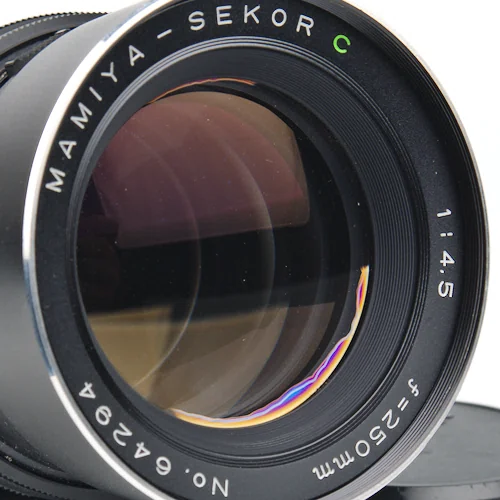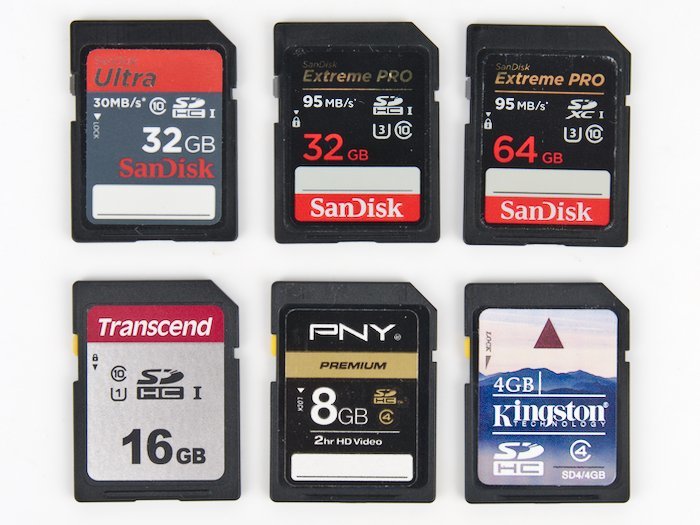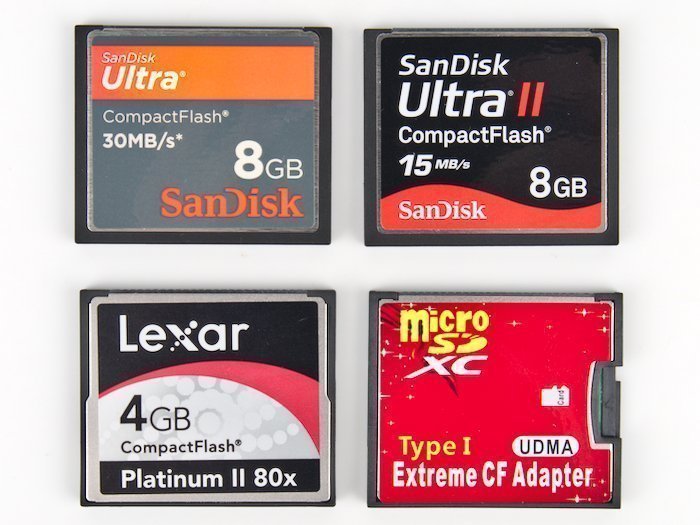
Best Nikon D300 CompactFlash Memory Cards
- Nathaniel Stephan
- Nikon d300
- October 12, 2022
Table of Contents
The biggest Compact Flash memory card that is compatible with the Nikon D300 is 32GB. There will likely be compatiblity problems if you use a larger card.
The memory limit is due to the camera using the FAT32 file system. The D300 can not format a card to greater than 32GB.
If you don’t want to read detailed specs, my recommended Compact Flash card is:
Affiliate Advertising Disclosure
Outside the Shot is a participant in the Amazon Services LLC Associates Program, an affiliate advertising program designed to provide a means for sites to earn advertising fees by advertising and linking to Amazon.com.
As an eBay Partner, I may be compensated if you make a purchase. I also participate in affiliate advertising programs with KEH and Adorama. More can be found on the Affiliate Disclosure page.
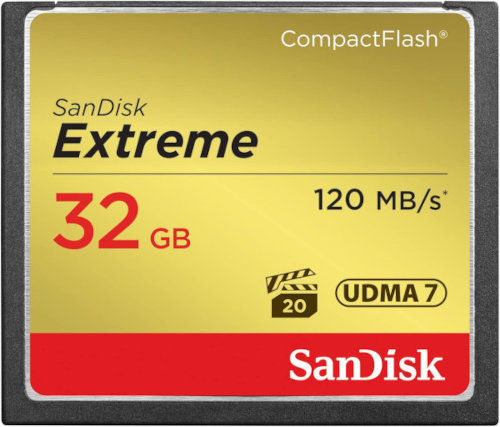
- Read speeds up to 120MB/s.
- Write speeds up to 85MB/s.
- Water, x-ray, & shock proof.
See current price and more information on:
Best CF Cards
The best value Compact Flash card is going to be either 16GB or 32GB. Smaller cards are going to offer a worse value.
A professional card will not add a large amount to the cost. Having a fast card will eliminate the need to replace the card when you upgrade your camera.
Recommended CF Cards

- Read speeds up to 120MB/s.
- Write speeds up to 85MB/s.
- Sustained data recording of 20MB/s.
- Water, x-ray, & shockproof.
See current price and more information on:
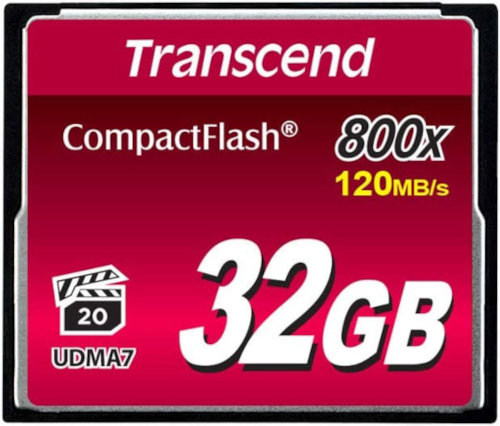
- Fast enough write speeds for burst photography and video.
- Upto 60MB/s write and 120MB/s red speeds.
- Supports UDMA7 transfer mode.
See current price and more information on:
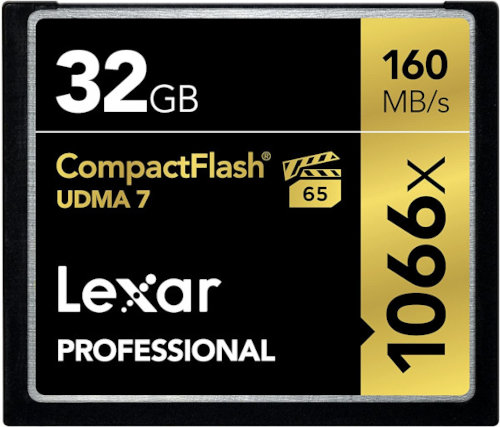
- Transfer speeds up to 160MB/s.
- Video Performance Guarantee sepc VPG 65.
- Limited lifetime warranty.
See current price and more information on:
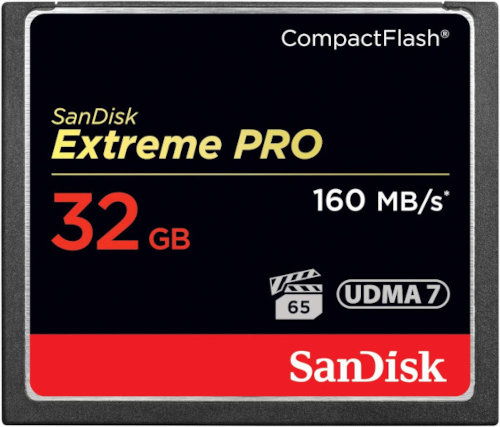
- Transfer speeds up to 160MB/s.
- Can record 4k Ultra HD and Full HD video.
- Video Performance Guarantee sepc VPG 65.
- Limited lifetime warranty.
See current price and more information on:
Compact Flash Card Types
Compact Flash memory cards come in two physical sizes. The cards are known as Type I or Type II.
The only difference between the types is the thickness of the cards. The width and length of the cards are identical.
- Type I - 3.3mm thick
- Type II - 5mm thick
The Type II spec were thicker so Microdrives could be used in the Nikon D300. A Microdrive was a little mechanical harddrive.
When Compact Flash cards were initially launched they had high prices and limited storage capacities. Microdrives made it possible to get large amounts of storage.
Microdrives are no longer being produced. Because they were mechanical , failure was a matter of time. So they are almost impossible to find used.
Another use of the Type II sized slot is for Compact Flash adapters. There are adapters that will allow you to use SD or Micro SD cards in a Compact Flash slot.
Card Reader
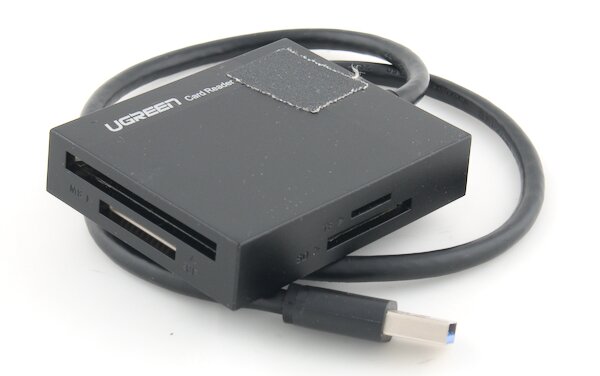
The UGREEN 4-in-1 card reader is what I use with my CF cards.
The UGREEN card reader is compatible with USB 3.0. Using the card reader will allow transfer rates that are much faster than what the Nikon D300 can achieve.
The card reader also supports these card types:
- CompactFlash Cards
- SD, SDHC, & SDXC Cards
- Memory Stick (MS), MS Pro, MS PRO-HG, & MS XC DUO
- MicroSD, Micro SDHC, & Micro SDXC Cards
Avoiding Card Read Errors
A frequent errors with cameras that use CF memory cards are damaged card slot pins. If a pin is bent, you could see a ‘unable to use card’ error.
To avoid damaging pins, do not force a Compact Flash memory card into the Nikon D300. The extra space for a Type II card allows a Compact Flash card to be aligned incorrectly.
If the compact flash card will not effortlessly slide into the camera slot, take it out and check the alignment of the memory card. Also, check to see if there is any damage to the card or slot.
If everything looks undamaged, carefully position the CF card and make another attempt.
